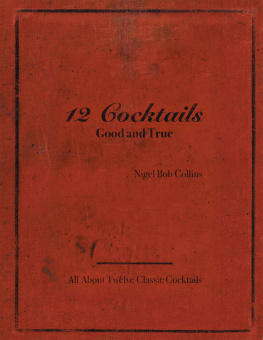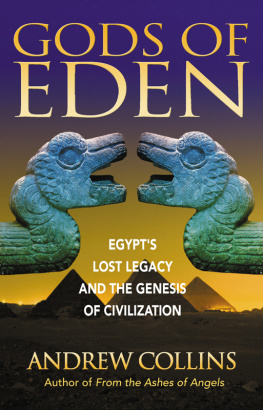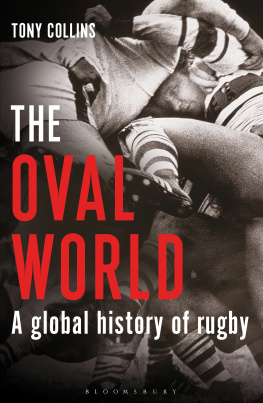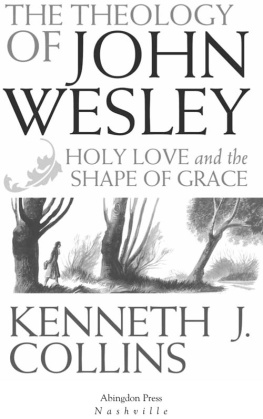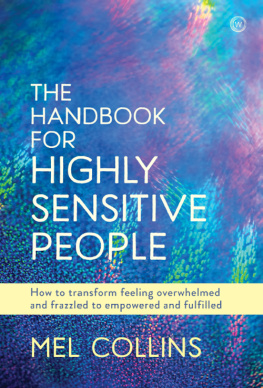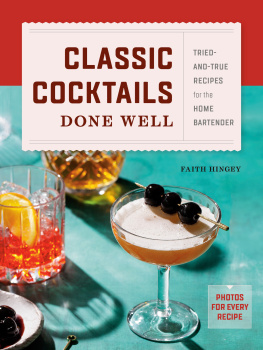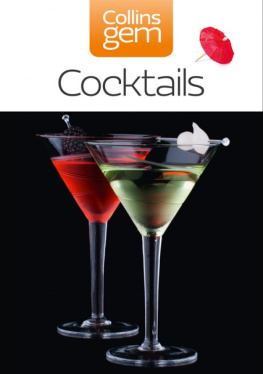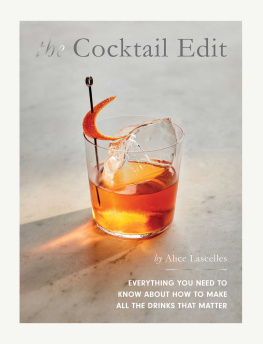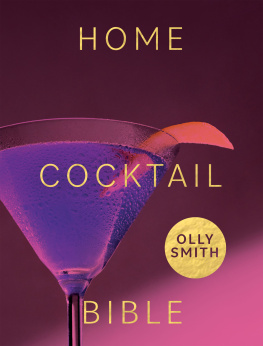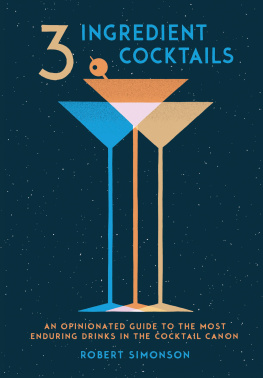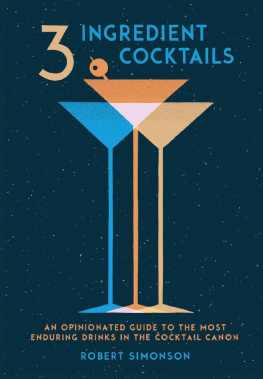12 Cocktails
Good and True
Nigel Bob Collins
AuthorHouse
1663 Liberty Drive
Bloomington, IN 47403
www.authorhouse.com
Phone: 1 (800) 839-8640
2016 Nigel Bob Collins. All rights reserved.
No part of this book may be reproduced, stored in a retrieval system, or
transmitted by any means without the written permission of the author.
Published by AuthorHouse 01/15.2016
ISBN: 978-1-5049-7187-4 (sc)
ISBN: 978-1-5049-7188-1 (e)
Library of Congress Control Number: 2016900569
Any people depicted in stock imagery provided by Thinkstock are models,
and such images are being used for illustrative purposes only.
Certain stock imagery Thinkstock.
Because of the dynamic nature of the Internet, any web addresses or links contained in this book may have changed since publication and may no longer be valid. The views expressed in this work are solely those of the author and do not necessarily reflect the views of the publisher, and the publisher hereby disclaims any responsibility for them.

Contents
Cover Art by Anne Blenker , www.anneblenker.com
Cocktail Photography by Denny Culbert , www.dennyculbert.com
Editor: Adrienne Metz
Images:
ABC of Mixing Cocktails , courtesy of Bauman Rare Books;
La Fee Verte , courtesy of DeviantArt
Army of the British East India Company , courtesy of Royal Munster Fusiliers Association
Many thanks to William and Patricia Atkinson, who spent many hours tasting and sampling these cocktails. Their sacrifice is appreciated. Thanks also to Nicole Collier, in whose kitchen the recipes were tested and perfected and who, no matter how busy, always found time to offer constructive criticism.
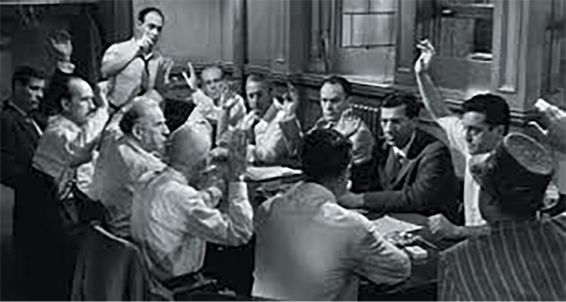
Twelve good men and true. Jury deliberations from 12 Angry Men , the 1957 drama starring, among others, Henry Fonda, E.G. Marshall, Jack Warden, Lee J. Cobb, Ed Bagley and Jack Klugman.
I .
THE REASON
Several years ago, I was seated at the bar of a fashionable restaurant when the barman pushed forward a chilled martini glass filled with a light blue-colored drink, which I later learned was an Aviation cocktail. I took a sip and tasted an icy crisp harmony of herbal and floral flavors, both sweet and sour yet neither sweet nor sour. It was brisk, refreshing and delicious, and something I had not previously experienced.
My first reaction was surprise. I had come there that evening at the invitation of friends, who were going on about the new mixologist, whatever that was, but only reluctantly. I had spent many years tasting, studying and drinking excellent wines, ports, brandies and traditional beers and ales. To me a cocktail was perhaps a shot of cheap vodka or gin mixed with some sort of soda pop, garnished with a dried up lime wedge and served in a plastic cup. This cocktail was disrupting my notions.
As I continued to taste and enjoy this complex drink, my reaction turned to irritation, if not outright anger. How had this happened? How had I gone a lifetime without knowing about true, well-crafted cocktails? Were they the result of some new technology? Had they been there all this time, but I was too blind to see? It was all very bewildering. And so I began to investigate.
I learned that there was a time when cocktails were made with precision and care by craftsmen who had spent years honing their skills, when mixing drinks was an art form, when the people knew and appreciated fine cocktails and would not tolerate the kinds of mixed drinks to which I had become accustomed. Sometime after the end of World War II, however, things began to change. Perhaps because of the war effort and the need to produce vast amounts of supplies and materials as quickly as possible, quantity and efficiency came to be valued over quality and creativity. Soon, the bread was white, pre-sliced and tasteless; the coffee freeze dried into crystals; juices powdered; soups dehydrated; whole diners frozen and insipid. All was homogenized, artificial, instant, plastic-wrapped and convenient, with only the taste and quality sacrificed. It was the dark age of food.
The cocktail suffered mightily as well. Fresh ingredients were replaced with pre-mixes, artificial sweeteners displaced natural and herbs and botanicals disappeared altogether. Before long, the cocktail became little more than a vehicle for the delivery of cheap booze.
Happily, things began to change in the early 1990s. It started with a new found appreciation of good wine. Then, Americans took a renewed interest in dining and cooking. Before long, quality products from coffee to cigars became increasingly available to a newly appreciative public.
In the early years of this century, a few intrepid barmen, like Petrarch atop Mont Ventoux, surveyed the sorry state of the cocktail and began looking to the past for guidance. They dusted off ancient cocktail books from the golden age to rediscover the classics and learn the techniques of the old masters. Soon a cocktail renaissance was underway. Today, skilled mixologists are making a dizzying array of fine cocktails. Yet, most people, even those who enjoy great cocktails, have little or no idea what they are drinking or how it is made. Thus, the first reason for the manual.
The motto of Faber College (the apocryphal college in the movie Animal House ) is, Knowledge is Good. A more terse and succinct statement of the truth I know not. I find that the more you know about a particular activity, the more you will enjoy it. That holds true for cocktails as well. This manual explores a selection of classic cocktails. As to each, I will give you a brief history and discuss the ingredients from which it is made. This information should increase your appreciation of these cocktails and give you a basis upon which to evaluate the dozens of new cocktails that mixologists are continuously creating.
My second goal is summed up by a variation on an old adage, Make a man a fine, handcrafted cocktail and he will drink well for an evening. But teach a man to make a fine, handcrafted cocktail, and, well, you know how it goes. There are today numerous great bars and barmen, but they are still a minority. Thus, the only way to make absolutely sure you will always have access to excellent cocktails is to learn to make them yourself. I am confident that everything you will need to know to do so can be found in this manual.
For this manual I have selected twelve classic cocktails. By classic, I mean that each is more than or nearly a hundred years old and all have withstood the test of time. These cocktails are both good and true to the original recipes.
So, why twelve? Well, first of all, twelve is sort of a magical number. There are twelve hours in a day, twelve months in a year and twelve signs of the zodiac. There are twelve days of Christmas (though I cant tell you what they are). There were twelve tribes of Israel, and Jesus had twelve disciples. And a jury is composed of twelve jurors, good and true.
More importantly, perhaps, twelve is a manageable number. I am a writer and not a professional mixologist, and this manual is intended for the non-professional. Many cocktail books include scores of recipes for every kind of cocktail imaginable, leaving the lay reader a bit rudderless, like going to a restaurant and being handed a thirty page menu. Limiting the book to twelve focuses the readers attention on just a few of the most important cocktails. For those who would simply like to learn about and how to make a few drinks to enjoy with friends, I cannot think of a better collection. For those who wish to continue their exploration of the world of cocktails, mastery of these twelve classics is an essential first step.
Next page
